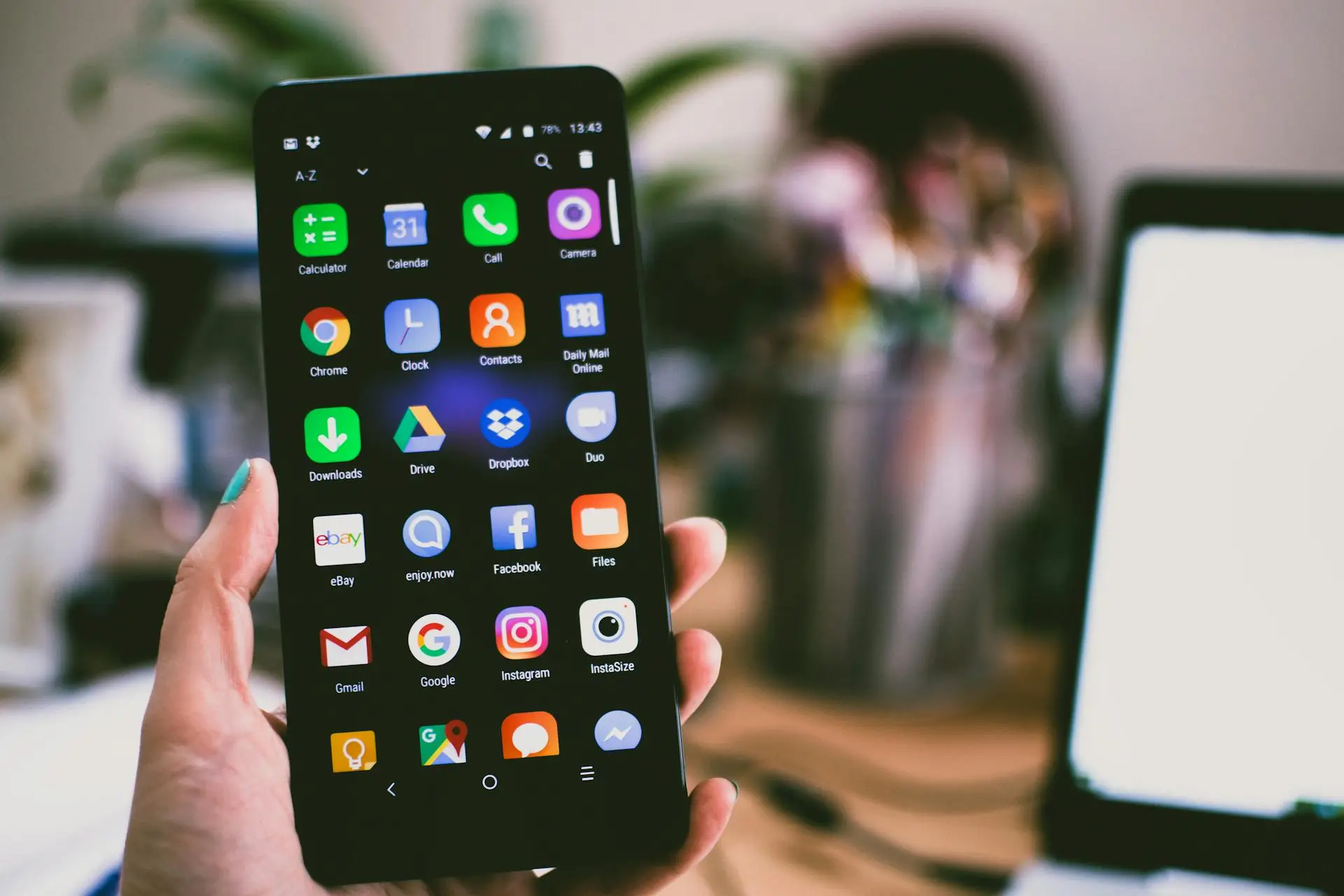The prevalence of mobile devices has come with a costly consequence: security vulnerabilities.
Statista’s December 2022 report revealed an alarming trend. After a period of relative calm during 2021 between August and December, there was a sharp surge in mobile cyberattacks, amounting to nearly 2.2 million worldwide.
We must now take steps to safeguard our mobile devices from these perils – it’s no longer an option but a necessity. Read on as we uncover the actionable strategies you can use to protect yourself in 2025 and beyond.
8 Tips to Secure Your Mobile Device
Understanding and proactively addressing the vulnerabilities can make all the difference in safeguarding your data and personal information. Here are eight top tips for safeguarding your device:
1. Performing Regular Software Updates
Regular software updates are the frontline defense against most vulnerabilities. Due to their ubiquitous use, mobile devices often become susceptible to newly discovered security threats. Major firms, such as Apple’s iOS and Google’s Android, consistently roll out updates that patch these identified vulnerabilities.
These updates serve as a shield, mending potential breaches that cybercriminals could exploit. Prompt installations can be your device’s saving grace, whether you opt for manual or automatic updates. Delaying these updates extends your device’s exposure to potential threats.
2. Using Strong Passcode and Access Measures
Security in the digital age requires more than a password. Here’s a multi-layered approach to fortifying your device’s access:
- Fingerprint scanners: Incorporating biometric security adds an extra layer unique to every individual.
- Face unlocks: Leverage facial recognition technology for swift yet secure access.
- PINs and passwords: It’s the old guard but still crucial. Ensure your passwords are strong – letters, numbers, and symbol combinations.
- 2FA (Two-Factor Authentication): Introduce an additional step in the verification process, like an SMS code or email confirmation.
- Authenticator apps: Utilize apps that generate time-sensitive codes, offering another security layer against breaches.
Consistently refining and updating your access protocols can deter even the most determined hackers.
3. Obtaining Apps from Trusted Sources
Cybercriminals are increasingly skilled at impersonating reputable applications to deceive unsuspecting users and steal confidential data. To protect yourself from this threat:
- Official app stores: Always procure apps from official app stores like Apple’s App Store or Google Play. These platforms maintain stringent vetting processes for listed apps.
- Examine reviews: A healthy number of positive reviews often indicates an app’s authenticity. Yet, always be wary of sudden influxes of overly positive reviews, which could be artificial.
- Inspect update dates: Regular updates generally indicate active developers are attentive to app performance and security.
- Scrutinize contact information: Genuine developers typically provide clear contact avenues. Dubious or missing contact details can be red flags.
4. Being Cautious about Public Wi-Fi
Public Wi-Fi networks are one of the most common sources of cybersecurity risks for mobile devices. Connecting your smartphone to an unsecured public Wi-Fi network at a coffee shop or gym is always tempting. To protect your data, always use a VPN for iPhone or Android mobile devices. A VPN creates a secured data tunnel between your mobile device and the internet, ensuring your information remains private and safe.
5. Utilizing Device Encryptions
Device encryption is like putting a digital padlock on your data, transforming it into an indecipherable code only unlocked with the correct key or password.
This extra layer of protection ensures that your confidential information will remain secure even if cybercriminals gain access to your device. Encryption provides you with reliable security against potential threats.
6. Being Watchful about App Permissions
Beware of apps asking for unrelated permissions, such as a flashlight app desiring access to your camera or location. Such excessive requests often hint at underlying motives, like data collection for third-party sales. Stay vigilant and grant permissions judiciously.
7. Avoiding Rooting or Jailbreaking
Rooting or jailbreaking can offer expanded device capabilities but have significant security risks. These actions bypass inherent device protections, making them susceptible to malware and unauthorized access. Preserve your device’s original security measures by avoiding such alterations.
8. Setting Up Remote Services for Finding Devices and Wiping Data
Leverage remote services to locate a lost device or remotely wipe its data. In the unfortunate event of misplacement or theft, these services become invaluable, allowing you to protect your data from potential misuse.
Wrapping Up: 5 Bonus Tips for Mobile Security
As we conclude, maintaining the security of your mobile device is an ongoing process that must adapt to new threats and leverage evolving protective measures. To further bolster your defenses and maintain a strong security posture, take heed of these extra tips:
- Regularly audit installed apps: Review and remove unused or suspicious applications periodically.
- Enable login notifications: Stay informed with alerts about any attempted unauthorized access.
- Use end-to-end encrypted messaging apps: Keep private conversations secure with encryption.
- Be wary of suspicious links: Refrain from clicking on unknown URLs, particularly in unsolicited messages.
- Limit exposure to unknown devices: Avoid connecting your device to unfamiliar computers or charging ports.
With vigilance and the right tools, you can ensure your mobile remains a safe haven in the digital world.


